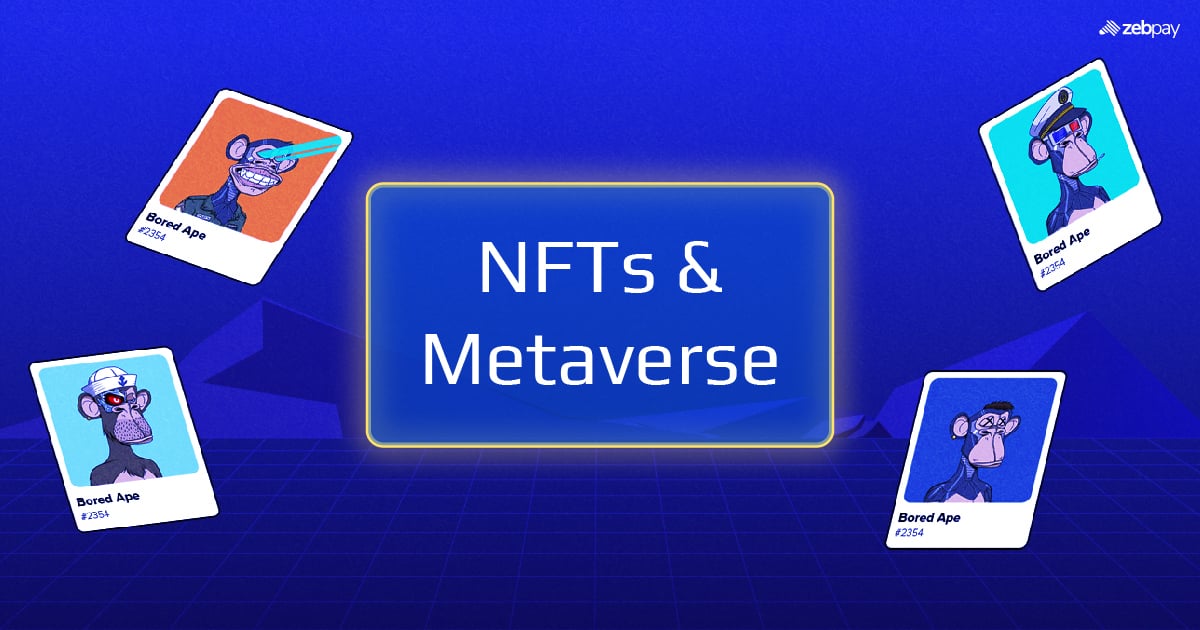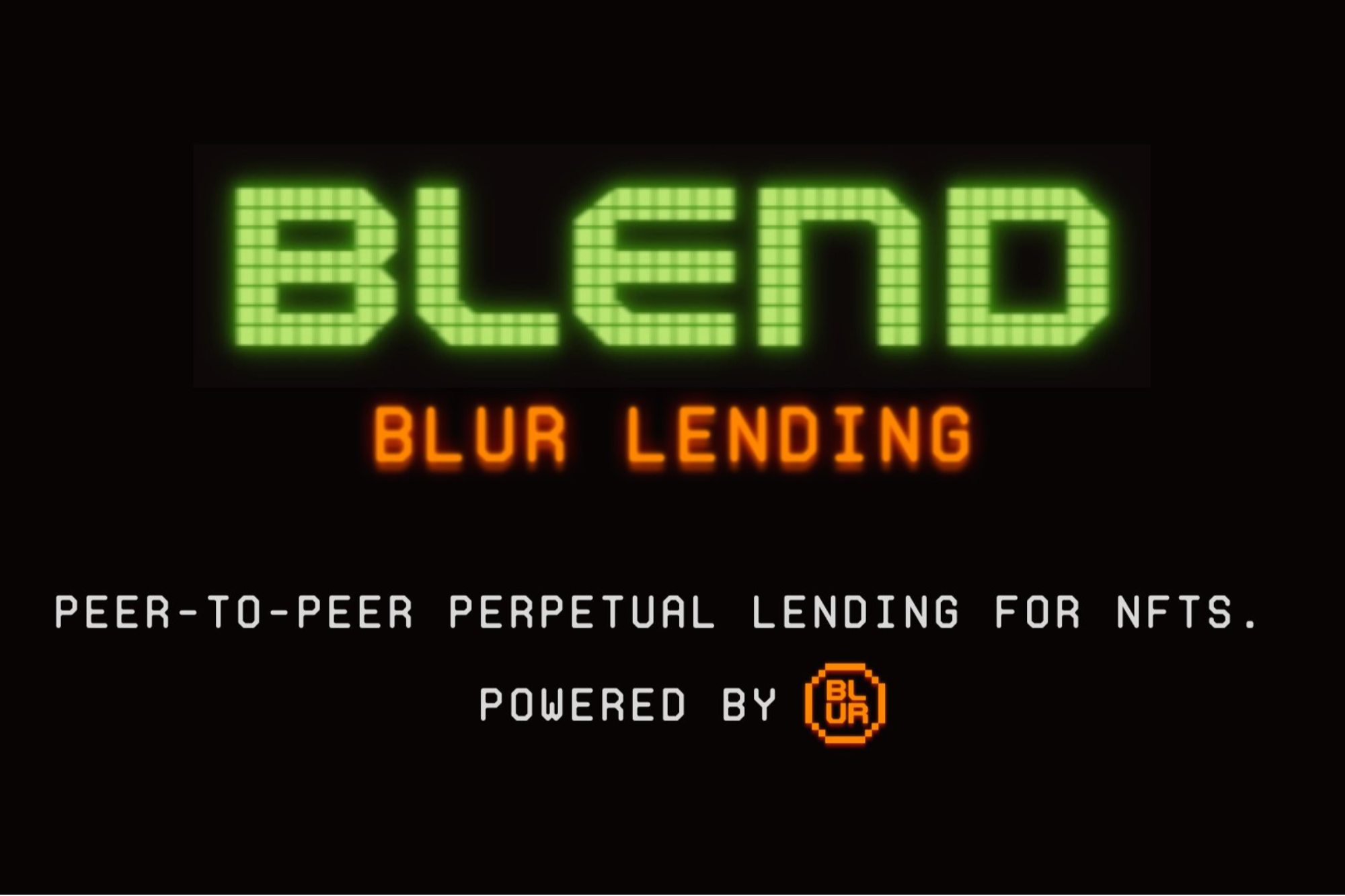Frax co-founder Sam Kazemian believes stablecoin regulations are currently too harsh
It is important to note that regulators are still trying to develop a comprehensive regulatory framework for stablecoin regulations

Sam Kazemian, co-founder of the algorithmic stablecoin Frax, believes that current stablecoin regulations are too harsh. He argues that these regulations stifle innovation and make it difficult for stablecoins to reach their full potential.
Kazemian's concerns are shared by many in the crypto community. They argue that current regulations are based on a misunderstanding of how stablecoins work and that they are overly focused on fiat-backed stablecoins. This, they say, is unfair to algorithmic stablecoins like Frax, which are more innovative and less risky.
What are stablecoins?
Stablecoins are cryptocurrencies that are designed to maintain a stable price, typically relative to a fiat currency like the US dollar. This makes them ideal for use as a medium of exchange and store of value.
There are two main types of stablecoins: fiat-backed stablecoins and algorithmic stablecoins. Fiat-backed stablecoins are backed by a reserve of fiat currency, while algorithmic stablecoins use a variety of mechanisms to maintain their price peg.
Why are stablecoins regulated?
Stablecoins have been the subject of increasing regulatory scrutiny in recent years. This is due to a number of concerns, including:
- Financial stability: Regulators worry that stablecoins could pose a risk to financial stability if they are not properly regulated. For example, if a large stablecoin issuer were to fail, it could lead to a loss of confidence in the entire crypto market.
- Consumer protection: Regulators also want to protect consumers from the risks associated with stablecoins. For example, they want to ensure that stablecoin issuers are properly licensed and that they are subject to audits.
- Money laundering and terrorist financing: Regulators are also concerned that stablecoins could be used for money laundering and terrorist financing.
What are the current stablecoin regulations?
Current stablecoin regulations vary from country to country. However, most countries are working towards developing a more comprehensive regulatory framework for stablecoins.
In the US, for example, the President's Working Group on Financial Markets has issued a report that recommends that stablecoin issuers be subject to bank-like regulation. The report also recommends that stablecoins be backed by a 1:1 reserve of fiat currency or US Treasury securities.
Why does Sam Kazemian believe stablecoin regulations are too harsh?
Sam Kazemian argues that current stablecoin regulations are too harsh for a number of reasons. First, he says that they are based on a misunderstanding of how stablecoins work. For example, he argues that algorithmic stablecoins are not as risky as fiat-backed stablecoins because they do not rely on a reserve of fiat currency.
Second, Kazemian argues that current regulations stifle innovation. He says that the requirement for stablecoins to be backed by a 1:1 reserve of fiat currency is unnecessary and would make it difficult for new stablecoin projects to get off the ground.
Finally, Kazemian argues that current regulations are unfair to algorithmic stablecoins. He says that these regulations are designed to protect consumers from the risks associated with fiat-backed stablecoins, but that they do not take into account the different risk profile of algorithmic stablecoins.
What does Kazemian propose?
Kazemian proposes a number of reforms to the current stablecoin regulatory framework. First, he says that regulators should distinguish between different types of stablecoins and develop regulations that are tailored to the specific risks of each type.
Second, Kazemian says that regulators should focus on regulating stablecoin issuers rather than the stablecoins themselves. This would allow for more innovation and would make it easier for new stablecoin projects to get off the ground.
Finally, Kazemian says that regulators should work with the crypto industry to develop a more comprehensive regulatory framework for stablecoins. This would help to ensure that stablecoins are safe and reliable for consumers.
Kazemian's concerns about stablecoin regulations are shared by many in the crypto community. They argue that current regulations are too harsh and that they stifle innovation.
It is important to note that regulators are still trying to develop a comprehensive regulatory framework for stablecoins. It is likely that we will see significant changes to the current regulatory landscape in the coming years.
What's Your Reaction?
















